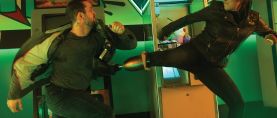
Details on Upcoming December Issue of AC
Subscribe by Nov. 1 to get issue featuring Roger Deakins, ASC, BSC on Blade Runner 2049, Vittorio Storaro, ASC, AIC on Wonder Wheel and much more.
The upcoming December issue of American Cinematographer will feature a special focus on holiday-season releases.

If you subscribe to the print edition of AC by Wednesday, November 1, you will receive this special December edition in the mail. After that, you will have to purchase your print copy on newsstands or via the ASC Store (where supplies will be limited).
Inside this issue:

Blade Runner 2049
Roger Deakins, ASC, BSC continued his collaboration with director Denis Villeneuve — following the features Prisoners and Sicario — with this highly anticipated sequel to director Ridley Scott’s 1982 sci-fi classic Blade Runner. Harrison Ford reprises his role as Rick Deckard, who’s found by a young “blade runner” (Ryan Gosling) and pulled out of hiding decades after abandoning his job as a replicant-hunting cop in Los Angeles. Deakins will share his insights into the production in an extensive Q&A; our coverage will also include a sidebar with production designer Dennis Gassner. (Which is already available online here.)
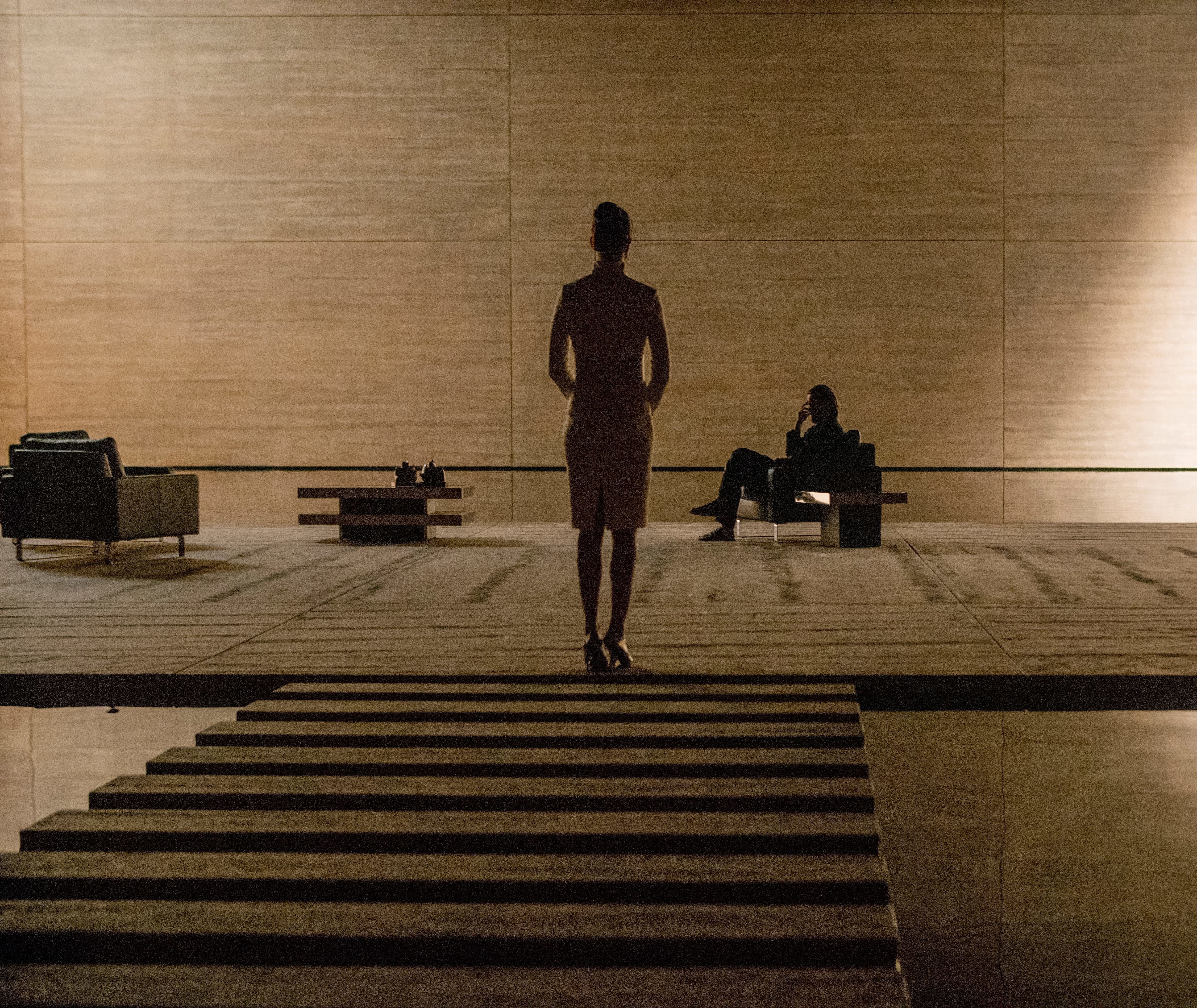
From the interview with Deakins: “I thought it would be interesting if the interiors of this huge, monolithic building always had the feeling of moving sunlight. Some of those sets were very severe, just square walls with no windows or obvious light sources, so I looked for different ways to bring patterns of moving light into them. One architectural reference we liked used water as a ceiling piece to create a caustic light effect; we took that idea and embellished it. Two scenes in Wallace’s office — which is basically a platform surrounded by water in this big concrete box — were probably the most complicated bits of lighting. The first scene, which introduces Wallace, is actually not very long but needed to be quite impressive. For that we created three circles of light about 25 feet in circumference, with about 35 10K Fresnel lamps on each circle, and put them on a dimmer chaser to create a pattern of moving light. There were square cuts for the light some 15 feet below the lamps so that there were defined patterns across the walls.”
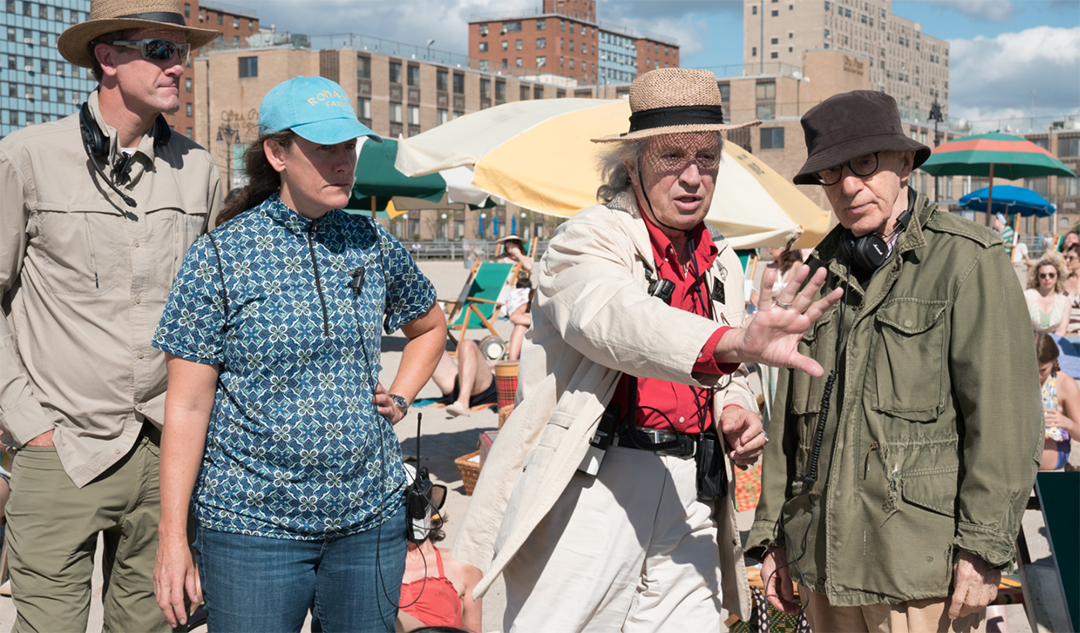
Wonder Wheel
Our Filmmakers’ Forum department will present Vittorio Storaro, ASC, AIC’s first-person account of reteaming with writer-director Woody Allen for this stylish 1950s-set period drama about a Coney Island carousel operator (Jim Belushi) and his pregnant wife (Kate Winslet) who works as a waitress and falls for a handsome lifeguard (Justin Timberlake).
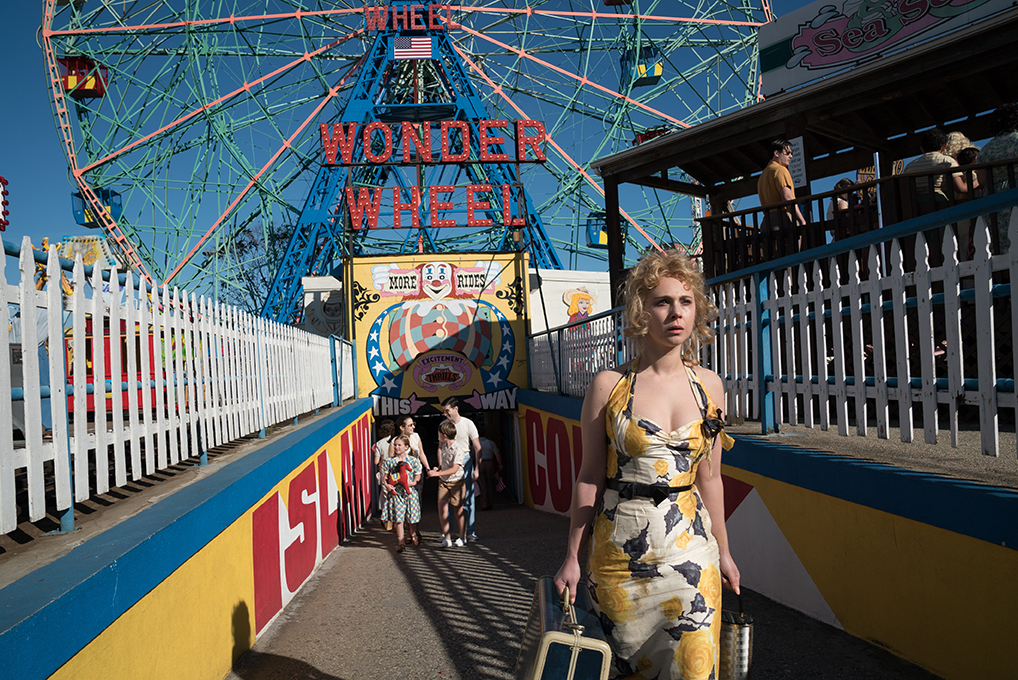
From the article penned by Storaro himself: “In my ignorance I knew nothing about Coney Island, and this left my figurative imagination somewhat at a loss; however, the respect and collaboration I received from Woody on both a professional and human level convinced me that our expressive relationship would continue. Nonetheless, I was afraid that I would not be able to come up with a pivotal figurative idea for the visual. I confessed all this to Woody, who immediately put my mind at rest by assuring me that we would come up with a specific vision of the film. And then the idea of a superficially serene world in which life’s problems later surface suddenly brought to mind Norman Rockwell’s painting of the postwar period: a vision of life that was all sweetness and light on the outside, but conflicted at its heart.”
Thor: Ragnarok
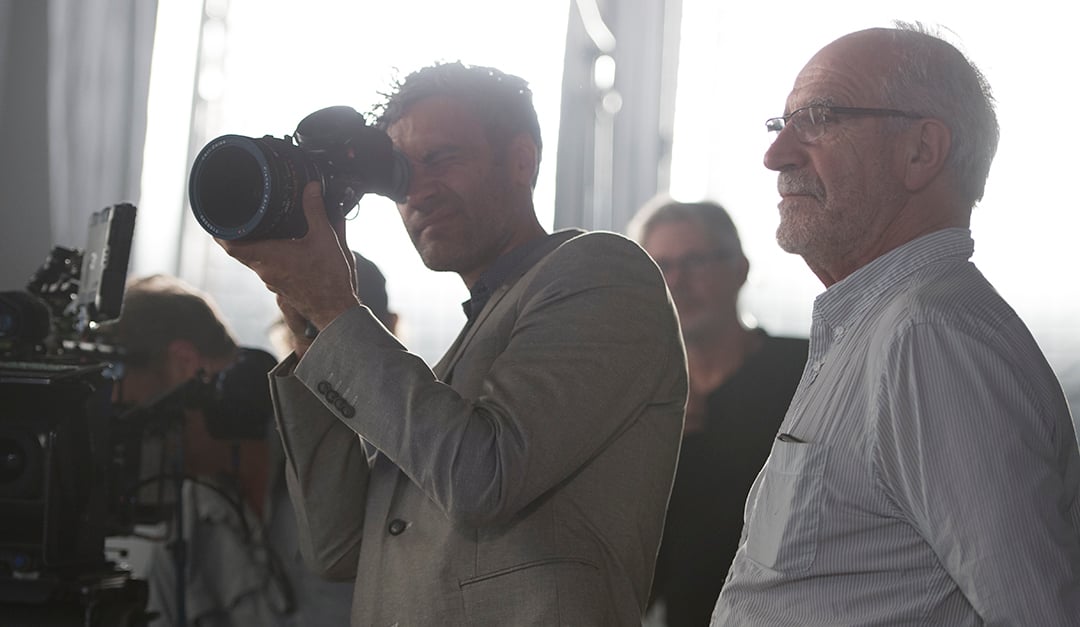
Javier Aguirresarobe, ASC, AEC joined forces with director Taika Waititi for the latest chapter in the big-screen saga of Marvel’s mighty Thor (Chris Hemsworth). The god of thunder faces a task of cosmic proportions as he has to battle his way out of a lethal gladiatorial contest — in which he’s pitted against his former ally, the incredible Hulk (Mark Ruffalo) — and stop the nefarious Hela (Cate Blanchett) from tearing Asgard wholly asunder. Aguirresarobe will offer a guided tour of the planet-hopping adventure.
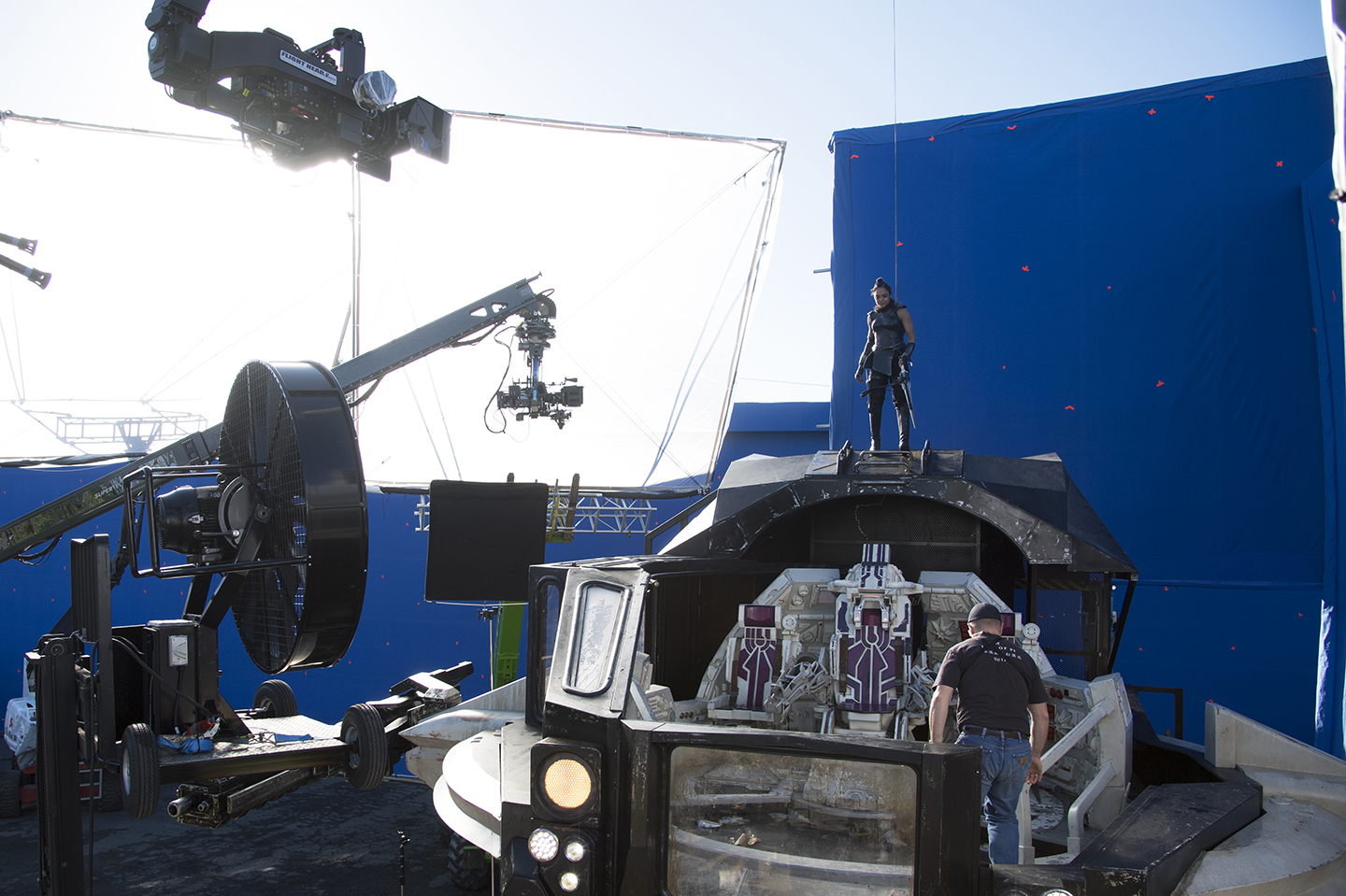
Says Aguirresarobe in the article: “In my first conversations with Taika, even before hiring me he let me know that the film would be up to 95 percent shot on bluescreen. He asked if that was all right and I replied that it wouldn’t be my first time. A couple of years before, I’d shot The Finest Hours, a film about a rescue at sea, which forced us to shoot in a pool surrounded by bluescreen. That turned out to be a great experience — however, there’s an important difference between the two films. The Finest Hours was a true story that took place in a familiar setting of a stormy day, and a night out in an uncontrollable sea. In Thor: Ragnarok, the challenge consisted of creating fantastic worlds with settings that originated in our imagination and were lit with realistic lighting. We needed CGI’s aid to develop, shape and complete the scenarios.”
Suburbicon and Roman J. Israel, Esq.
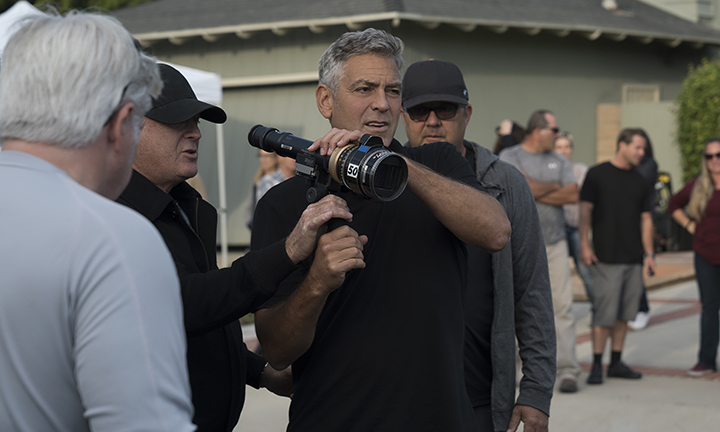
Robert Elswit, ASC was behind the camera for each of these features, which were directed by George Clooney and Dan Gilroy, respectively. In Suburbicon, a quiet town is shaken to its core after a home invasion opens the door to escalating violence, with the unassuming Gardner (Matt Damon) at the heart of it all. Roman J. Israel, Esq., meanwhile, follows the eponymous defense attorney (Denzel Washington) as he navigates an increasingly tumultuous and ever more extreme series of events. Elswit will detail his work on both productions in an expansive Q&A.
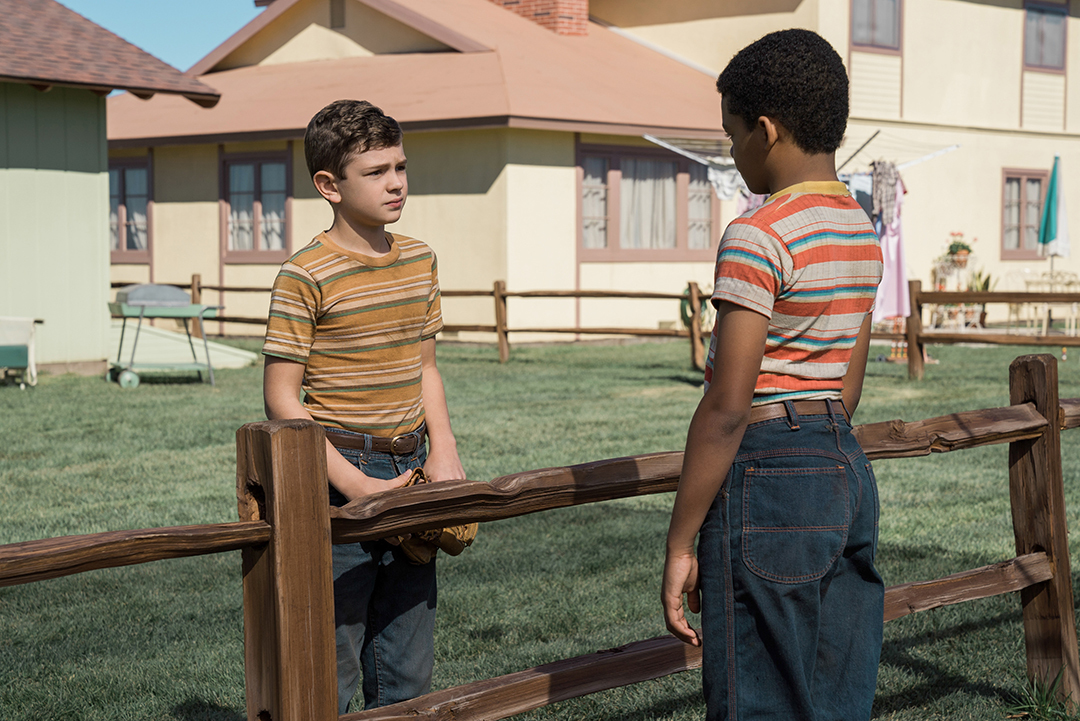
From the interview with Elswit: “Given the time we had and all the night work [on Suburbicon], I felt I ultimately had more control if I could light [for] the Alexa. The anamorphic lens was kind of a throwback, an homage to those wonderful social dramas in the 1950s. Today we imagine anamorphic movies as being big outdoor spectacles, but there were lots that were family dramas shot in small spaces. We looked at a few. George [Clooney] loves the way you have to stage in anamorphic and the way it isolates characters — when you do close-ups, the more limited depth of field. He was very intrigued by that kind of stuff.”

Mudbound
Rachel Morrison, ASC and director Dee Rees garnered early buzz when this period movie had its premiere at Sundance this past January. Following World War II, Jamie McAllan (Garrett Hedlund) and Ronsel Jackson (Jason Mitchell) return home to rural Mississippi, where they struggle to acclimate to post-war life and to deal with the rampant racism that’s all around them. Morrison will offer her perspective on the production, which shot in and around New Orleans, La.

From the article: Morrison was attracted to the project’s setting, which she associated with such Farm Security Administration (FSA) photographers as Dorothea Lange, Gordon Parks and Arthur Rothstein, who chronicled the lives of poor U.S. farmers in the 1930s and ’40s. “That time period has been incredibly influential for me,” the cinematographer says from her adopted home of Los Angeles, shortly after Mudbound screened at the Toronto International Film Festival. “I started in photography and was most interested in documentary and photojournalism, and the FSA photographers may be why I got the crazy notion that this could be my career. Dee had me at 'post-Dust Bowl era,’ before I had even read the script.”
Our Souls at Night
Stephen Goldblatt, ASC, BSC partnered with director Ritesh Batra for this adaptation of Kent Haruf’s bestselling novel of the same name. When the widowed Addie Moore (Jane Fonda) pays a visit to her longtime neighbor Louis Waters (Robert Redford) — himself a widower — an unexpected relationship takes root and blossoms between the two. Goldblatt will take readers behind the scenes of the romantic drama.

In the article, Goldblatt notes: “Ritesh was very much concerned with the tone of the performance, and the tone of the cinematography, but he wasn’t nitpicking obsessively. He gave me a good deal of control, which I enjoyed. My longtime gaffer Colin Campbell had decided to retire, so I worked with Steve Mathis, who’s a wonderful gaffer, but he and I had never done a movie together. This coincided with a new generation of LED lighting, and we lit almost the whole movie with prototype LED units.”
Our December issue’s departments will also offer illuminating insights: Shot Craft will offer an array of tips for cinematographers aspiring and seasoned alike. Short Takes will look at cinematographer Tinx Chan’s work on Empty Skies, a period short set during China’s Cultural Revolution and just before the Great Famine.
Again, subscribe to the print edition of American Cinematographer by Wednesday, November 1, to receive this December edition in the mail. After that, you will have to purchase this issue on newsstands or via the ASC Store (supplies will be limited).

